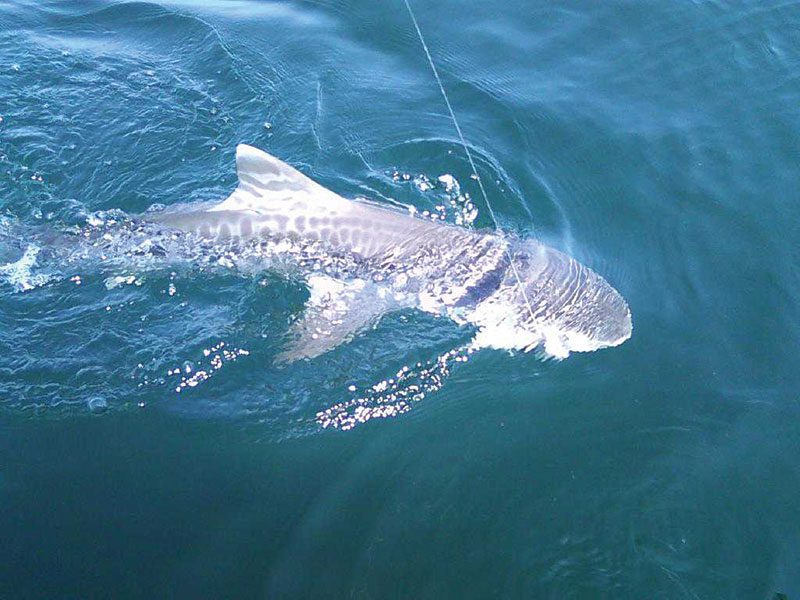
A lot of changes start to occur in October. As the water temperature cools and the sun moves to its fall intensity, fish feel the need to move. Migratory patterns for a number of species are important to understand. There is no reason to fish for tarpon in the winter because they are long gone. This month tarpon are assembling in the Sound and the passes for their yearly move south to warmer waters. When they are in this stage feeding is not their motivation. I have found hundreds of fish rolling and they will not take anything thrown at them…even a nice crab! Cobia do the same thing. The southward migration of these fish is a little different because cobia are always on the feed. It is common the find big schools of cobia hanging around structures on their way to the Keys and Mexico for the winter. Smart fish, even pin fish migrate to deeper water offshore when the water temperature falls. That must be quite a scene to have thousands of pins packed up in 500 foot depths. Redfish also migrate but in a somewhat different way. The offshore schools will move into coastal waters around Dog Island and St. George Island starting when the water cools. This is a great time to hunt the shorelines for reds. Interestingly these fish are not as red colored as the resident fish that hang around all winter. The biologists say that this group feeds on different prey then the others…perhaps those pinfish. Spanish and king mackerel are among the movers and are not comfortable in water that is below 68 degrees. However, we have taken kings in the fall and they are often bigger fish in the 30 lb. pound plus class. There may be a correlation to the size of the fish and its ability to maintain body temperature. We have a year round fishery in our area you just have to adjust like these migratory species do.
The sea trout bite continues to be the best in years. They will migrate into the estuaries and river systems in the cold months. We’ll discuss how to catch them in the next article. Right now, stay on the flats around grass areas with sandy edges. The float and jig method is hard to beat, but plugs and tipped jigs are good too. Fly fisherman, throw a clouser or deceiver pattern in white or chartreuse with an eight weight and hang on, the fish have been on the large side.
Dog Island Reef is still a good bet for a lot of fish that hang around to the last bit of warmer water. The shore fisherman can still work whiting and sand trout with shrimp or pieces of mullet fished on the bottom. The heat of summer will recede with time and we can stay out longer without the fear of heat stroke. There is good fishing all over the area so get out there and take advantage of it. Good luck out there and be safe.
CAPT. CHESTER REESE
Natural World Charters
(850) 228-9060
www.naturalworldcharters.com
